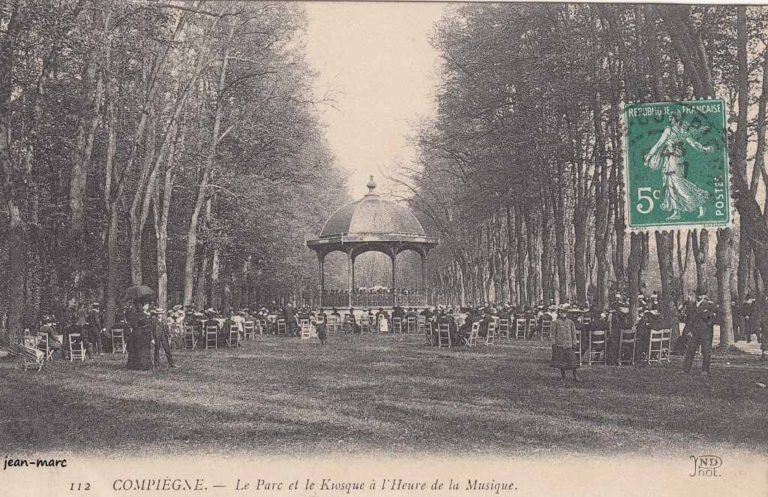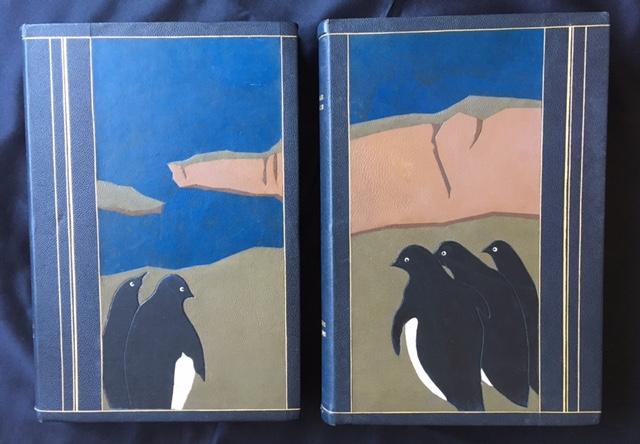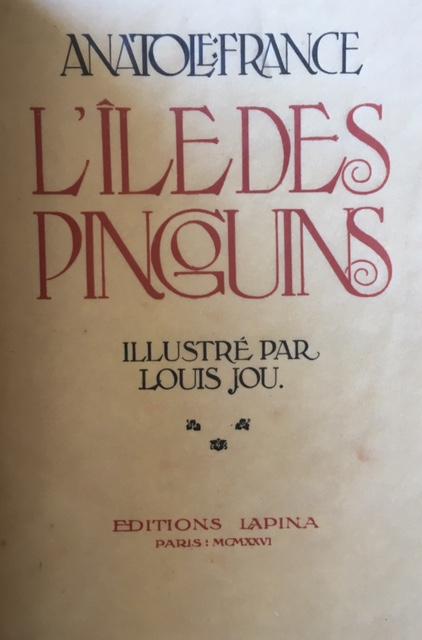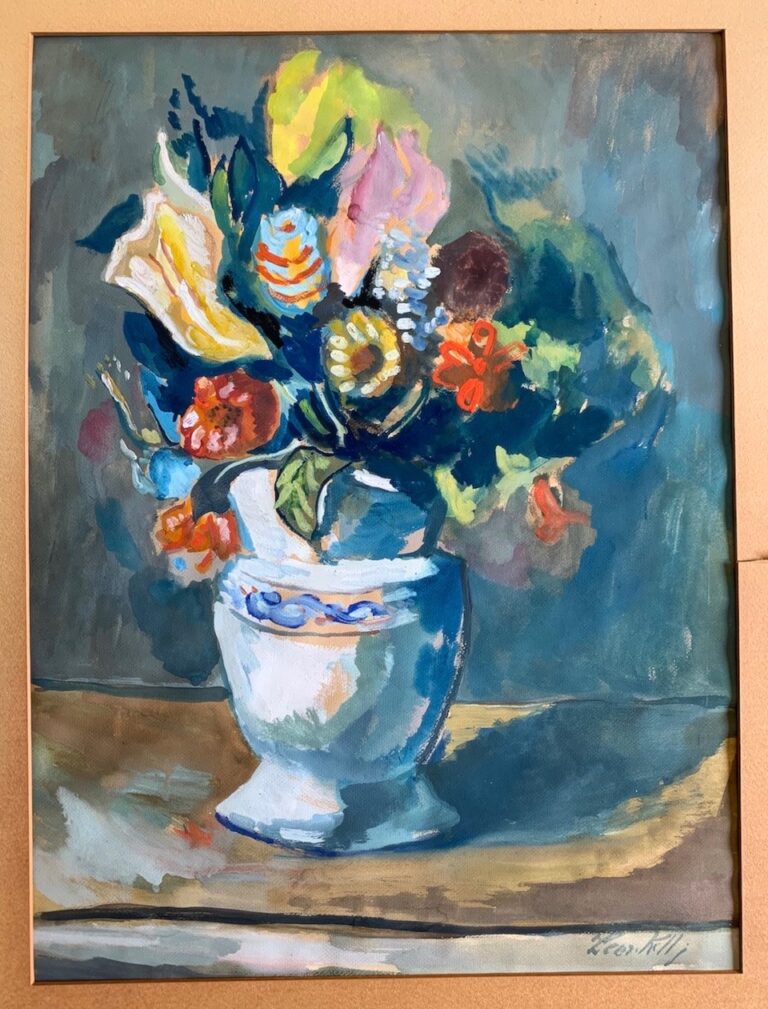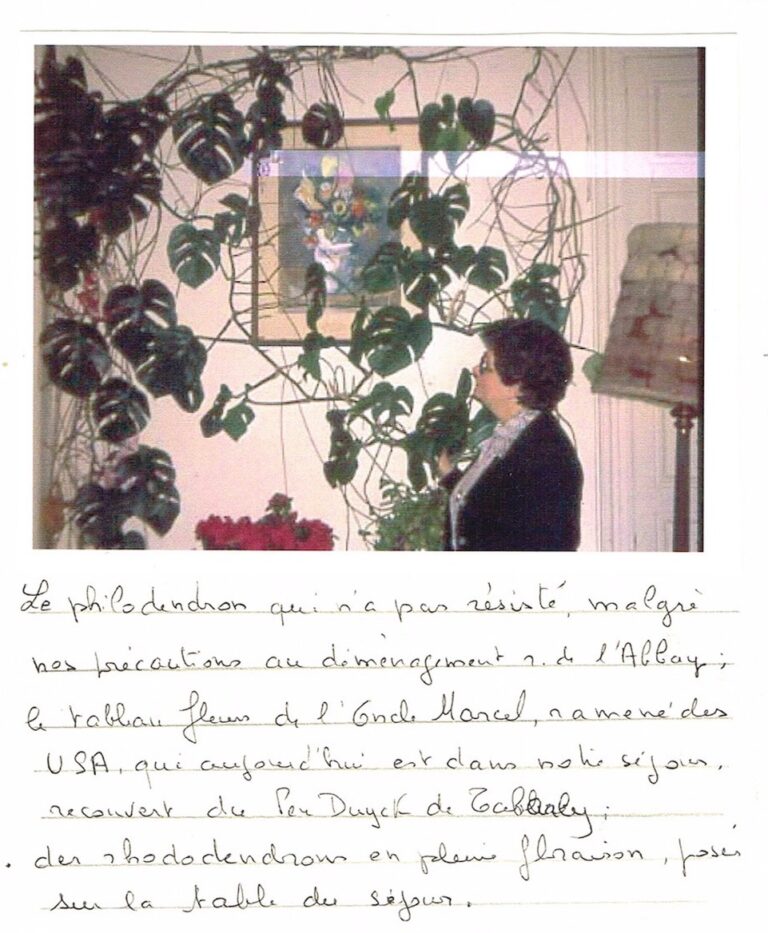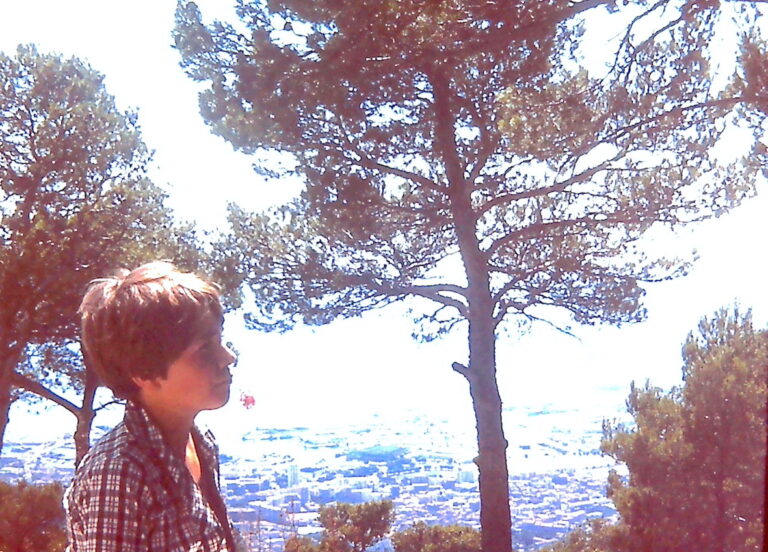The following information courtesy of Guy Baumier, Tabuteau’s great-grandnephew.
Marcel Tabuteau’s First Concerts in Compiègne—by Guy Baumier, translated by Michael Finkelman
At the beginning of the Tabuteau portion of the NET 1959 interview by John de Lancie, Tabuteau discusses playing oboe in the band in his home town under Francois Cavaille-Massenet, composer and founder in 1896 of the Municipal Wind Band of Compiègne that he directed until 1902 (just six years). Massenet’s mother, Julie (1832-1905), 9th child of Alexis Massenet, was the sister of Jules Massenet (1842-1912), composer, Grand Prix de Rome (1863), member of the Institute of the Academy of Fine Arts, professor at the Paris Conservatory, the 13th and last of the family’s children. It was thus at the urging of Francois Cavaille-Massenet that Marcel took up the oboe. Pictured below is the bandstand in the Royal/Imperial Residence Park of the palace at Compiègne where Tabuteau played his first concerts. —G.B.
Tabuteau’s Nickname
Louise Tabuteau often called Marcel by the affectionate nickname of “Pingouin” (“Penguin” in English). It was derived from a two-volume book set published in 1926 entitled L’Île des Pingouins (The Isle of the Penguins) by Anatole France and illustrated by Louis Jou (see below). Marcel was evidently fascinated by it, and so began the lifelong moniker.
In next photo (1939), you can see a statuette of a penguin on a coffee table at Marcel’s left in their Drake apartment.
No doubt the statuette had sentimental value, and it is assumed they brought it back to France after Marcel retired.
Guy Baumier kindly sent us the following family information:
I know that it (the painting shown here) was at the Tabuteaus’ [apartment] in Philadelphia, and when they returned to France, [it was together] with the painting of Marcel scraping his reeds and the retirement document signed by Ormandy and all the musicians of the orchestra. It was hanging at “La Coustiéro,” and when he sold this “cost dear” [expensive upkeep] house, like almost all of the rest of his oboistic materials and papers, it was stored in one the outbuildings of André’s property in Toulon. I don’t believe it was hung on the wall of the apartment in Nice. [Marc Mostovoy doesn’t remember seeing it in the Nice apartment.]
At Marcel’s passing, as always with the bulk of his business materials, the painting remained in one of the two big green travel trunks [presumably transported from the US to France back in 1954 when he retired].
At the time of André’s passing, my grandmother Thérèse, who had been busy with [taking care of] her uncle [André] until the end [of his life], inherited the house, where we spent the summer of 1970 following his death. She sold the house and her pied-à-terre in Bordeaux and bought a house in St-Brévin-les-Pins on the Atlantic coast, nearby Nantes.
There, the trunks and the fishing poles remained in the boiler room [the basement] of this new house for more than twenty years, forgotten. Thérèse came to live with us in Nantes, and the Tabuteau paintings reappeared. By the time of Thérèse’s passing, my parents had also sold their house and many family possessions (paintings, dishes, silverware) in order to purchase an apartment in a lovely building on the island of Nantes. Had they given me at that moment the painting of Tabuteau (exchanged with Alain de Gourdon for the Lorée firm) and the Philadelphia Orchestra document (which I still have), I would have thought the rest sold or thrown out.
At the time of [my mother’s] passing this past May, I was able to recover her notes [pertaining to the] photos, and, to my great surprise, this card with a photo showing her posing with the painting under the philodendron which adorned the living room! On another card, she indicates that she does not like this painting and had it covered up with a photo-poster of the legendary boat Pan Duyck VI of Éric Tabarly, one of our greatest sailors. [The handwritten message under the photo explains this.]
As soon as possible, I will ask my brother who recovered the big photo with the boat if the picture with the flowers is below [it]. [Contact was made.]
Well, yes!: it is there. And my brother has kindly given it to me.
Lovely family story, no?
Cordially,
Guy
Translation and comments in brackets by Michael Finkelman.

